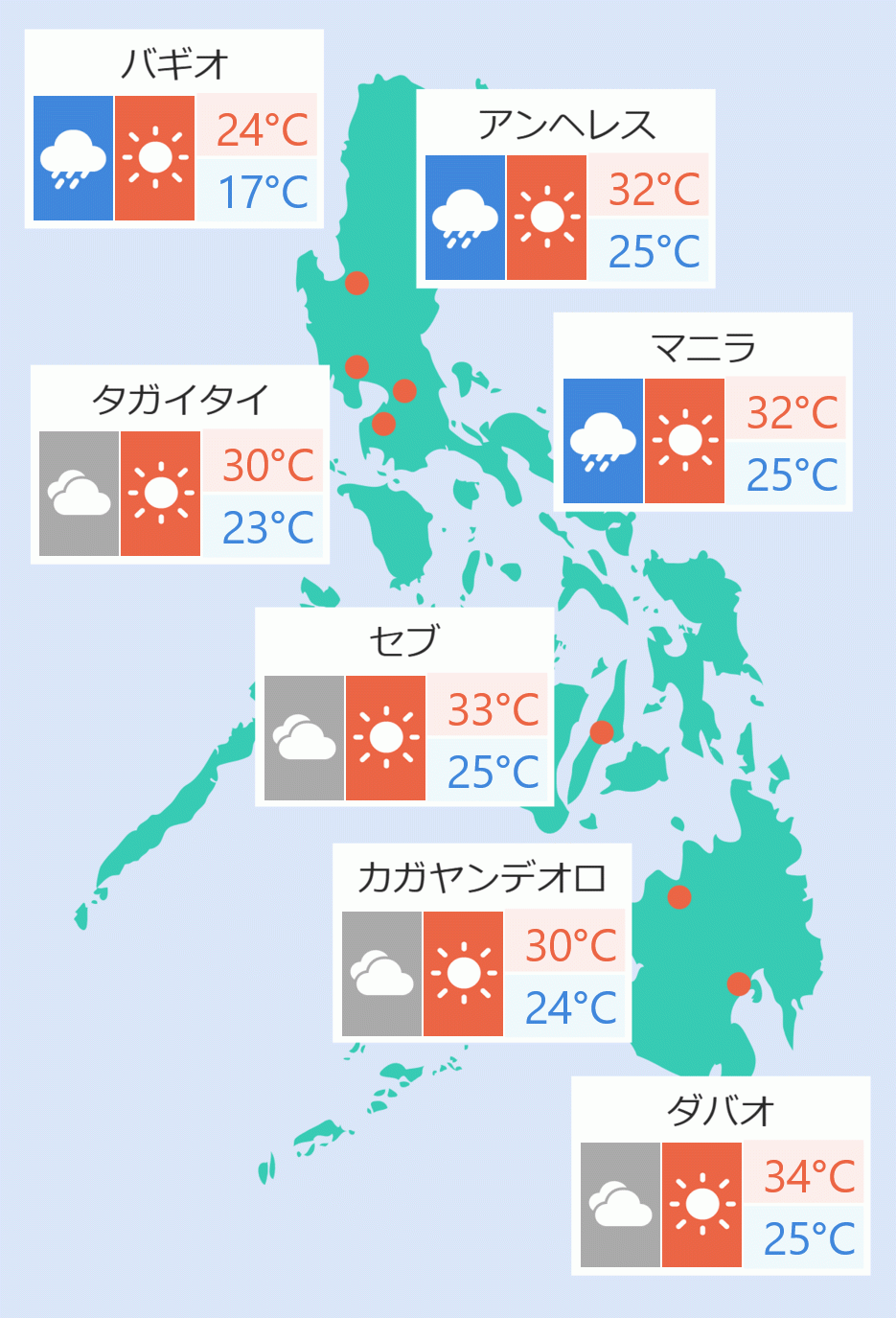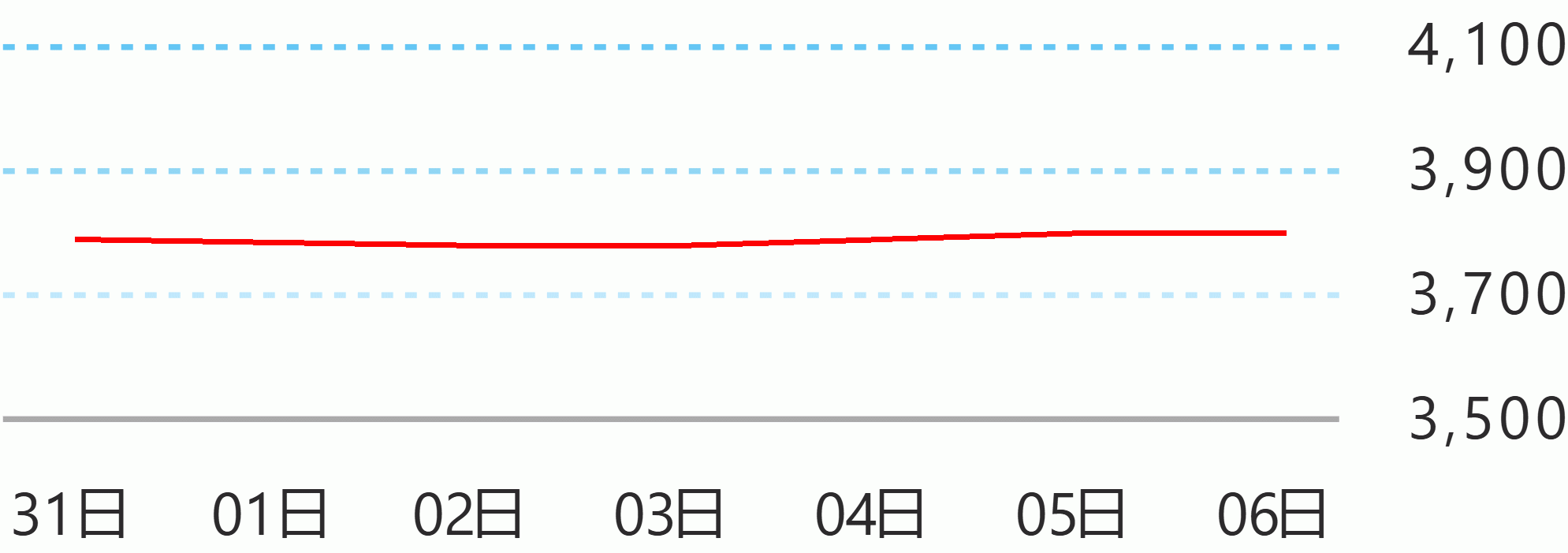International credit rating agency S&P Global Ratings (S&P) has affirmed the Philippines’ investment-grade long-term credit rating of “BBB+” and short-term rating of “A-2” with a stable outlook.
According to S&P, the sovereign credit ratings reflect the country’s “above-average economic growth potential.” It also cited the Philippine economy’s sustained recovery driven by “strong domestic demand as the country lifts mobility restrictions and fully reopens.”
The “stable” outlook reflects S&P’s expectation that the “Philippine economy will maintain healthy growth rates and its fiscal performance will materially improve over the next 24 months.”
Gross domestic product grew by 7.6 percent during the third quarter, marking six consecutive quarters of economic expansion after pandemic-induced contractions between the first quarter of 2020 to first quarter of 2021.
In the first three quarters of this year, the economy expanded by 7.7 percent, making the Philippines among the fastest-growing economies in the ASEAN region.
S&P said that the Philippines' external position remains an anchor rating strength as “reserves continue to act as a strong external buffer.”
Gross international reserves level rose to $94 billion as of end-October from $93 billion as of end-September2, representing a more than adequate external liquidity buffer equivalent to 7.5 months’ worth of imports of goods and payments of services and primary income.
This exceeds the three-months’ worth of imports that the International Monetary Fund suggests as a rule of thumb in reserve adequacy.
S&P underscored the ability of the Bangko Sentral ng Pilipinas (BSP) to support sustainable growth while attenuating economic or financial shocks.
"This reflects the central bank’s sound record in keeping inflation low and history of independence,” S&P added.
In response, BSP Governor Felipe Medalla said, “The BSP is committed to its price stability mandate by working to promote predictable and low inflation rates. Well-managed inflation provides an enabling environment for strong and sustainable economic growth, as well as better living standards for all Filipinos.”
Medalla added that the recent policy rate adjustments are expected to enhance growth in the medium-term as they curb demand-driven inflation and rein in expectations. Prolonged high inflation may have adverse effects on spending, confidence, and therefore, growth.
S&P noted that the government's fiscal position will gradually improve as economic recovery takes hold. In their view, “the fiscal shortfall should continue to narrow over the coming years while the economy regains its footing and the government scales back stimulus measures.”
According to Finance Secretary Benjamin Diokno, “the decision of the S&P echoes our view that the Philippines continues to enjoy bright medium-term growth prospects. This is aligned with the Marcos Administration’s Medium-Term Fiscal Framework, which was formulated to guide the government’s financing program for the next six years.”
Diokno also expressed the economic team’s commitment to prioritizing infrastructure development and fiscal reforms to bolster inclusive economic growth.
A sovereign investment-grade rating indicates lower credit risk, thus allowing a country to access funding from development partners and international capital markets at a lower cost. This enables a country to channel funds that would have otherwise been allotted for interest payments to socially beneficial programs and projects for its people. BSP





 English
English









